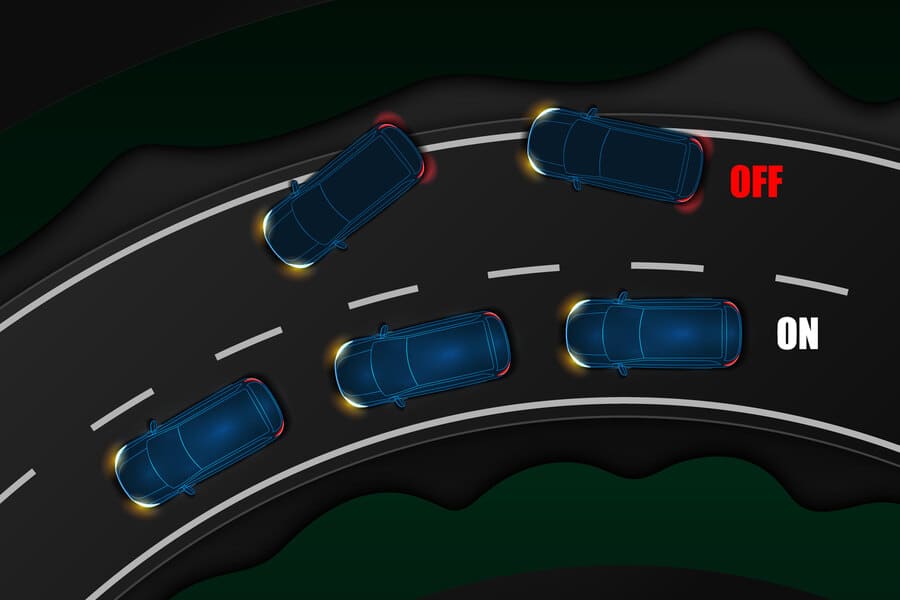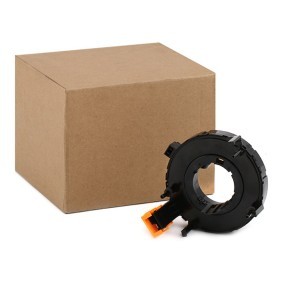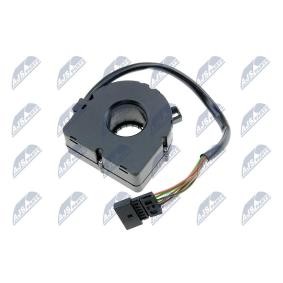
What is ESP in cars?
The electronic stability program (ESP), also known as electronic stability control (ESC), is an active driving safety system which automatically prevents and mitigates road accidents in all driving conditions. The system reacts immediately when it detects a loss of traction or steering control; it counteracts skidding and keeps the vehicle safely on the road.
The first ESP system was introduced to the automotive market over 25 years ago and has since saved an estimated 15,000 lives in the EU alone. Moreover, UK research found that ESP technology reduces the likelihood of a road accident by roughly 25%. Since 2014, it has been compulsory to include stability control technology in all new commercial and passenger vehicles. Today, around 80-90% of cars in the EU feature ESC technology.
There are many different names for ESP technology as many manufacturers have developed their own versions, such as Vehicle Stability Assist (Honda), Vehicle Stability Control (Toyota), and Dynamic Stability Control (BMW, Mazda, Jaguar, etc.).
How does it work?

The ESP system uses a range of sensors to detect abnormalities and it works together with the anti-lock brakes (ABS) and traction control system (TCS) to keep the vehicle steady. One of the main functions of the technology is to monitor the actual movement of the car and compare it with the steering angle, determining the direction the driver is trying to steer towards. There are sensors on each wheel which measure the wheel speed and yaw-rate sensor registers the rotation of the vehicle around its vertical axis and measures the lateral acceleration. The ESP control unit compares this data around 25 times per second and reacts accordingly.
For example, if it detects a problem it will automatically reduce the engine power or if it recognises that the wheels are likely to lock up, it will activate the anti-lock brakes. The system applies individual brakes to counterbalance steering problems. For instance, if oversteer occurs it will apply the brake to the outer front wheel and, similarly, the brake is applied to the inner rear wheel to correct understeer.

Components of the electronic stability program system
Special features
Different types of brake systems may include different safety features and, after years of development, most new ESP systems include additional functions to further enhance the handling performance.
Examples of added functions:The ESP light: What does it mean?

Another relevant ESP component is the warning light on the dashboard. The ESP light is there to notify the driver of three things: a system fault, manual deactivation, or that the system is in operation due to unstable conditions. You will usually be able to notice when the system is working as you should be able to feel an automatic decrease in power or the anti-lock brakes being applied to individual wheels. In this case, the light will either flash or remain lit for as long as the problem persists. For example, if the system recognises that you are driving on a slippery road and is trying to regain control of the vehicle. However, if the light stays on for longer than usual and you do not notice a reaction, it is more likely that the ESP system has been turned off or is malfunctioning. Common causes of a malfunction include faulty sensors, problems with the control unit itself, or damaged or disconnected electrical wires. There should be an on/off button or switch inside of the vehicle, which will also indicate when the system has been deactivated.
While it is possible to continue driving when the ESP system is working or is turned off, it is advisable to drive at a slower, steady pace when the conditions are unstable, and if a fault is detected, you should visit a mechanic to get it fixed as soon as possible.


















Comment